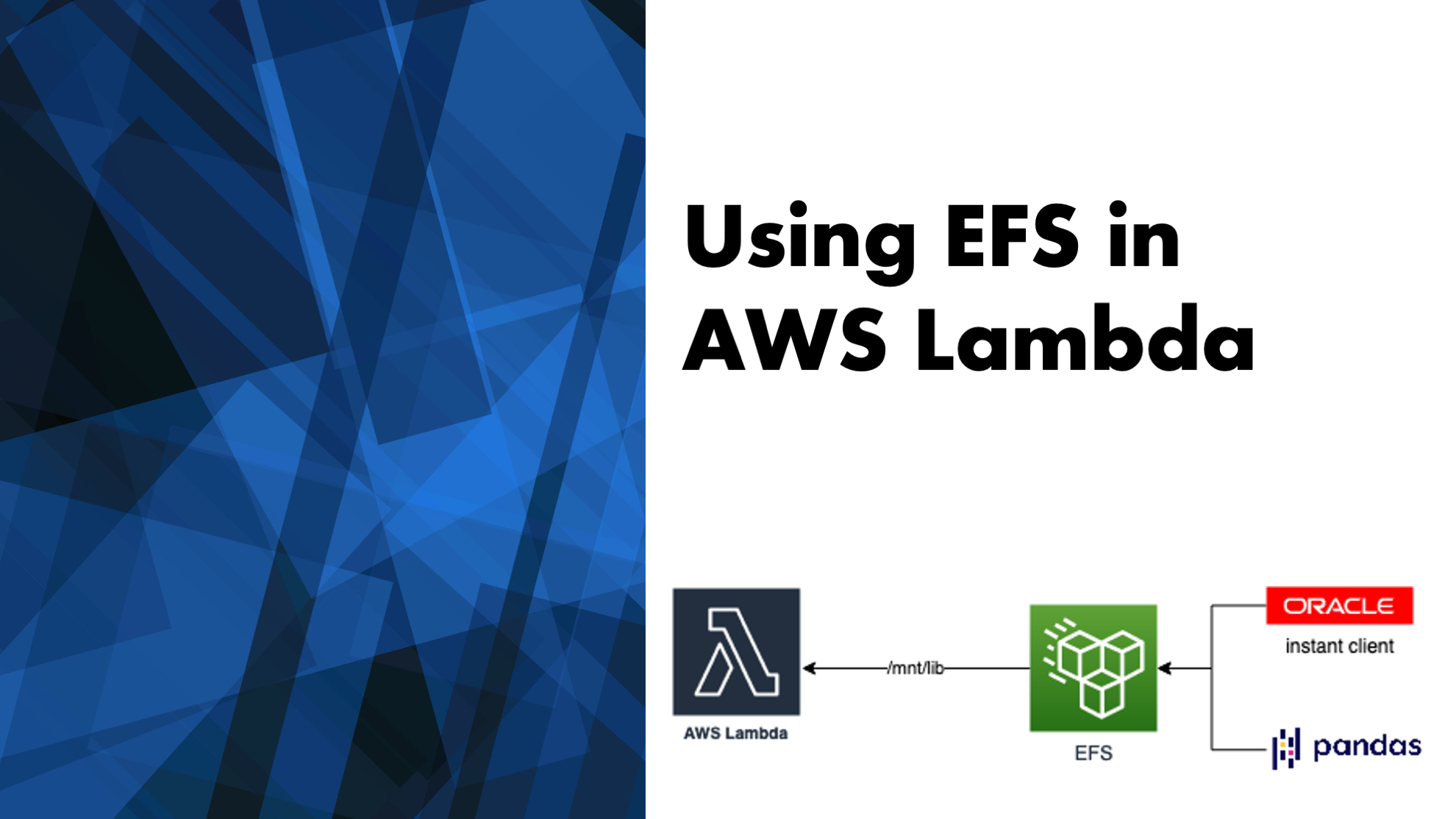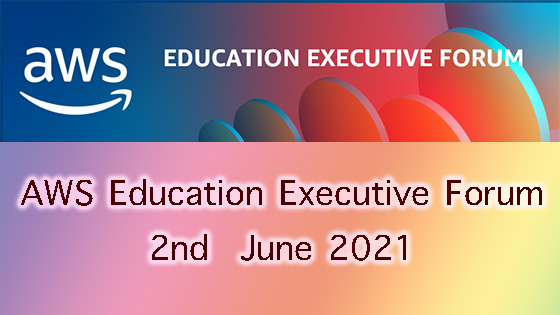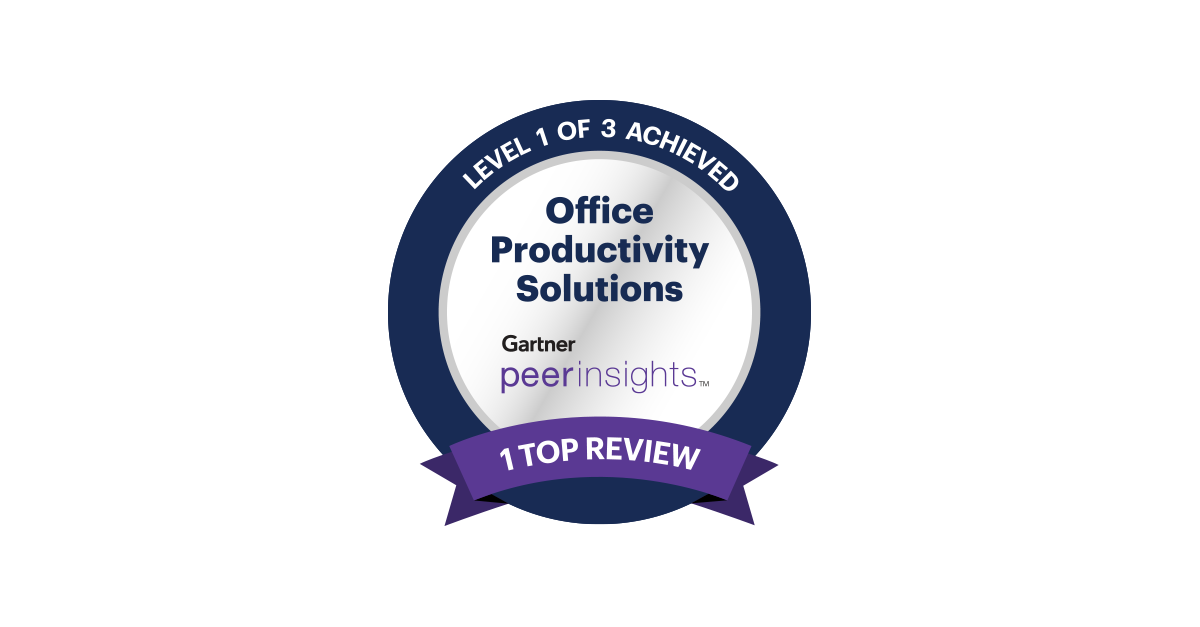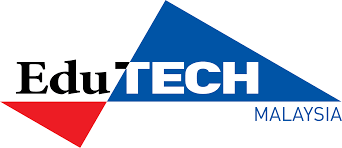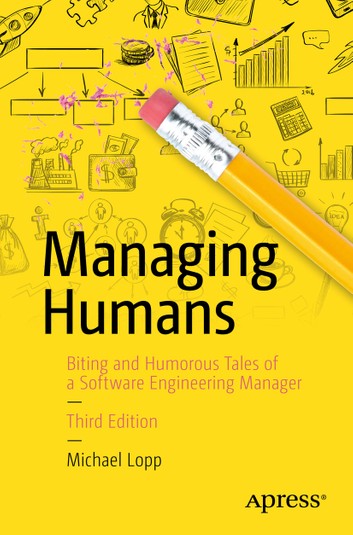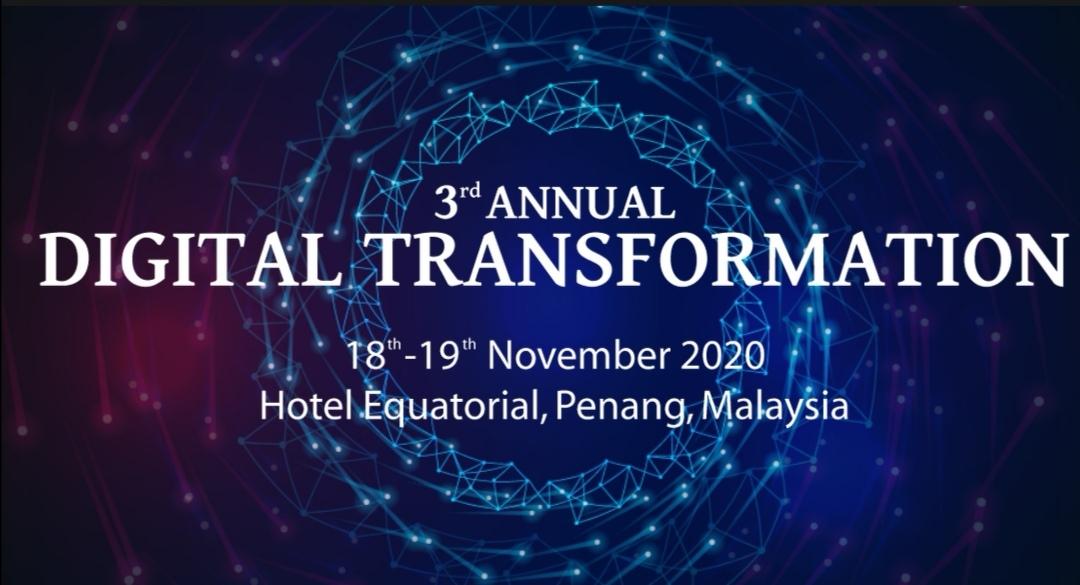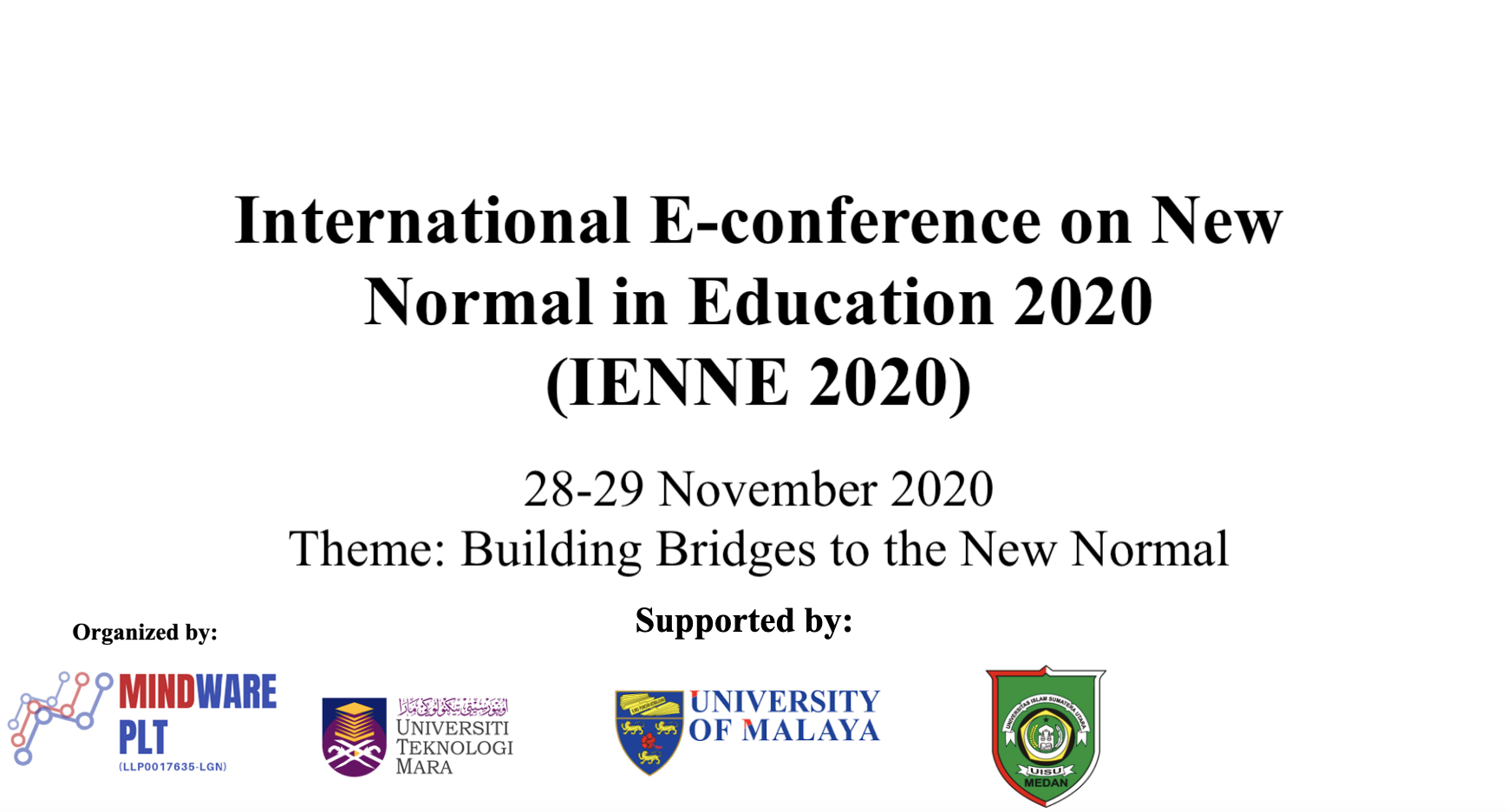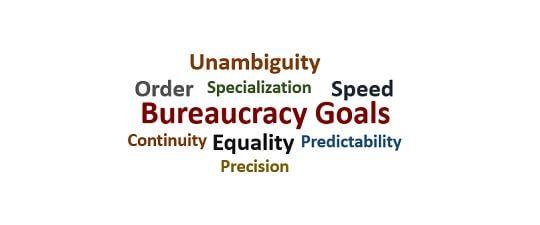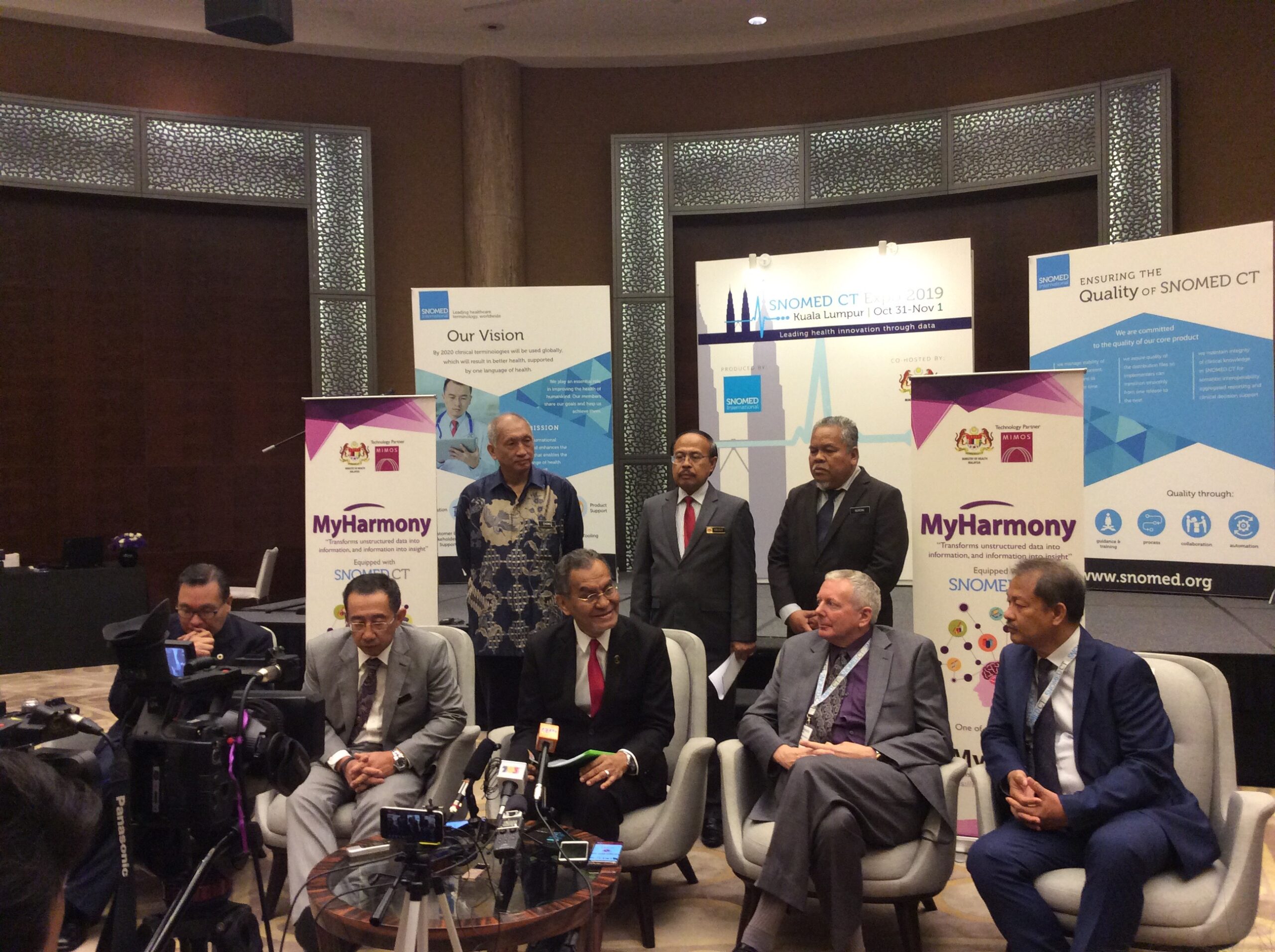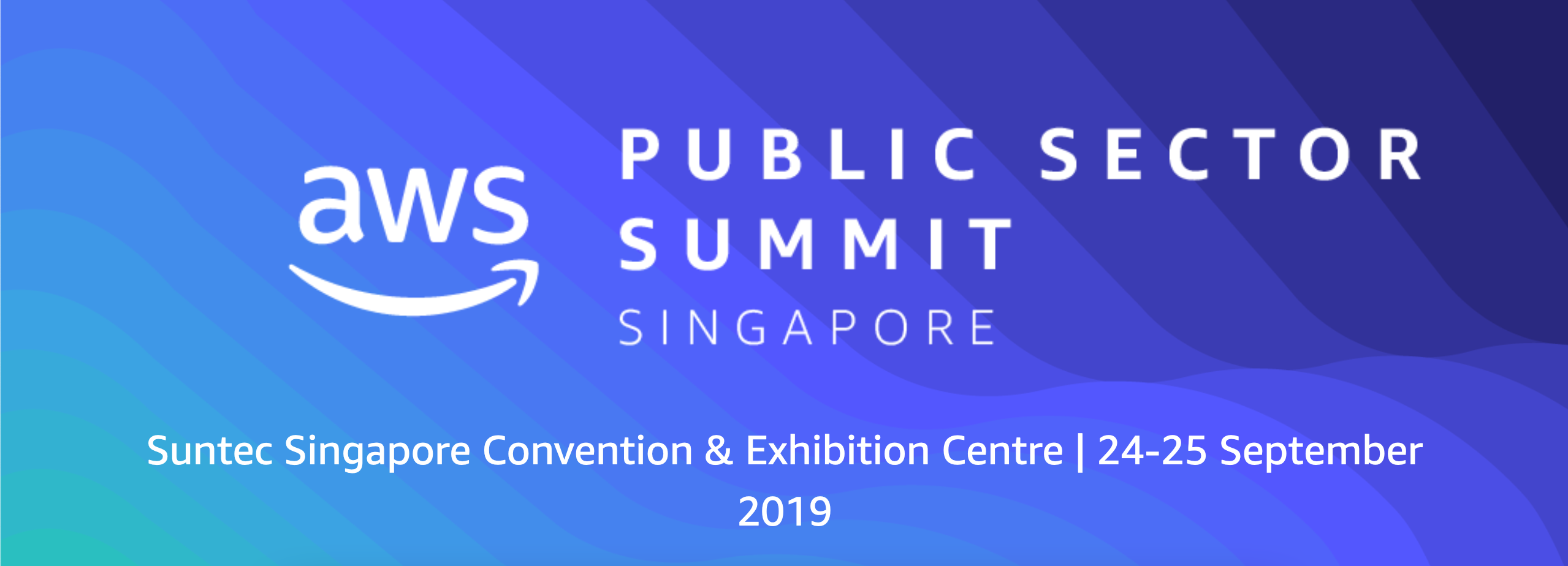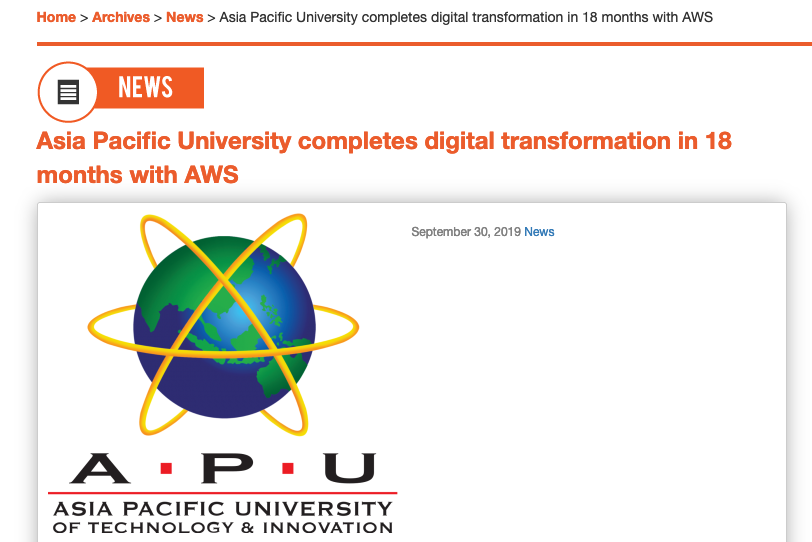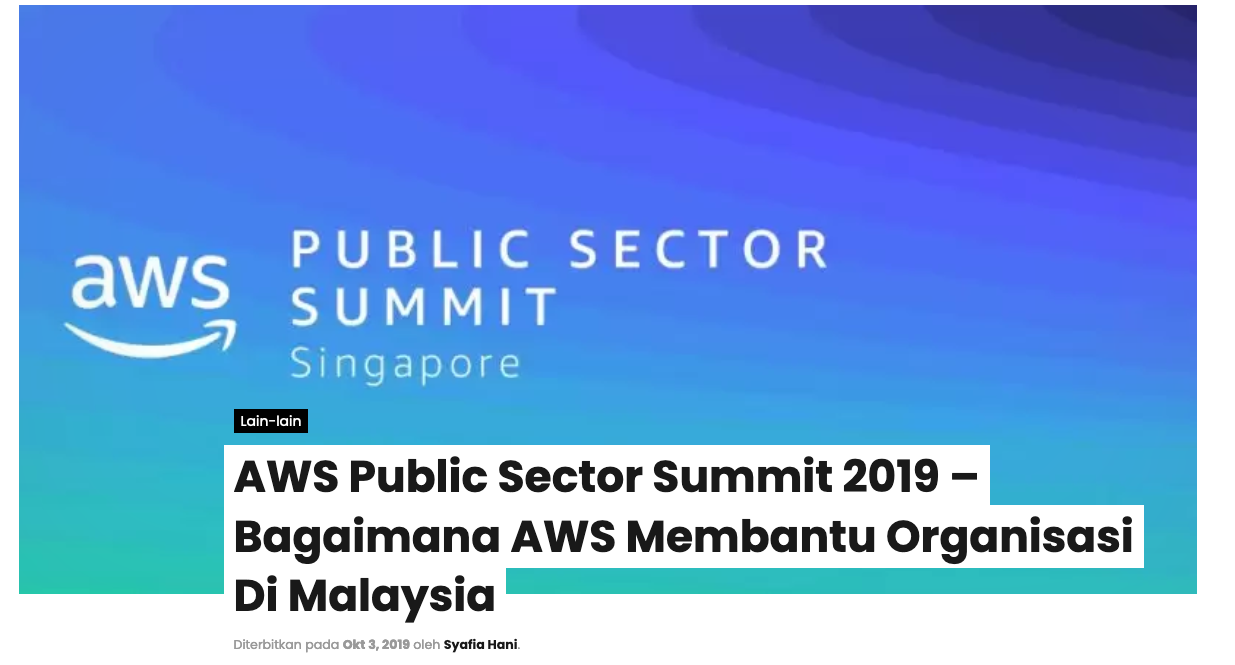In the past eight months, there has been an astonishing number of changes in how learners receive content and learning materials, as well as the communication methods with instructors. During this period, the changes were far more than what we had seen in the past four to five years combined. Considering how fast institutions had to apply the changes to survive the pandemic, the usual change processes were either not considered or partially ignored.
Like any IT organization, my team and I had to ensure our clients could keep up with the changes, including the necessary pieces of training, infrastructure demands, new systems, and application installation and configuration.
In our institution, we have been using Office 365 for many years, and particularly Microsoft Teams was adopted by my team since mid-2018. Initially, it was buggy and limited to a few connectors and APIs, and it grew considerably over time. However, the pandemic made many companies and educators panic and adopted this collaboration tool for many other purposes without many considerations. I had discussions with educators who believed Microsoft Teams can be our institution’s next LMS and started ignoring the policy and were using a collaboration tool for all the learners’ needs.
Some of the educators that I talked to about using a collaboration tool instead of a full-fledged LMS tend to believe that it’s the outcome that matters and not the device used. There are many reasons that Microsoft Teams cannot replace a tool like Moodle as LMS, and I will be pointing out a few:
Standardization
“Standardization is the process of implementing and developing technical standards based on the consensus of different parties that include firms, users, interest groups, standards organizations, and governments. Standardization can help maximize compatibility, interoperability, safety, repeatability, or quality. It can also facilitate commoditization of formerly custom processes” – this is the definition of Standardization from Wikipedia.
A full-fledged LMS like Moodle provides a smooth experience to all user types for different needs. That includes – but is not limited to – course and content management, support of content standards, reporting & analysis, user control, access management, etc.
For higher education institutions with complex business processes standardizing the technology, the eco-system is a must. Usually, it requires a long thought process with all stakeholders’ involvement from different teams to meet the requirements prior to finalizing a process to be implemented in the selected software.
Using a collaboration tool like Microsoft Teams instead of an LMS, the technology stack’s Standardization will get more complicated, although not impossible. A sudden shift from Moodle to Microsoft Teams, without going through impact and risk assessment across the technology stack, can go very wrong in the unseen structures of business application silos used for years.
Comprehension vs. Fragmentary
A comprehensive system is a large scale that can be complicated, while if you fragment it into small chunks, although scalable, it will be unpredictable. When you have access to an LMS that can comprehend many kinds of assessments and processes, management forms, and quizzes, it can be a part of the learning flow with no limitations ahead of the instructor. However, in an environment like Microsoft Teams, an examination/quiz is displayed using a connector, or a Microsoft Form. That’s where the fragmentation comes into the picture; not being able to consolidate all the journey into a single platform that collects, grades, and assesses how to help a student to succeed along the way.
Using an LMS would allow you to embed and blend more than just a form into the learning journey.
Embed more than just forms and quizzes
Decentralized
Reporting and analytics are unavoidable necessities for the learning journey to identify the retention risk. Moodle collects the necessary logs, and after processing the activities, it analyzes and generates reports using a built-in module to identify the students at risk. This analysis is done by an in-depth social breadth / cognitive cross-section matrix analysis.
Intellectual Property and Course Repository
Reusability, Content Packaging, and Interactivity
One of the many and most valuable assets of universities is the content developed by the faculty for instructions. The course materials and contents must be continuously evolved to respond to rapidly changing technology. Instructors who stay away from the LMS tend to share the original content through a third-party collaboration tool like Microsoft Teams. This helps the delivery speed but delays the improvements to be applied across the organization. The content remains in the instructors’ cloud storage, and any change is not reflected in the university content repository in the LMS for reusability. All corrections and improvements will not be shared with learners taking the same course with another instructor.
Another issue that I have found in Microsoft Teams is providing content packaging and delivery. Instructors can share the content in multiple formats, and it will be stored in the Files tab of the chat, but it does not provide a structure and a path to the learner. Moreover, the learning environment’s interactivity and the content supplied to the student are inadequate and limited to image, text, and video. In contrast, the content development tools like H5P can be used anywhere in the learner’s journey. Additionally, the class recordings will not be available in the LMS to be accessed by the user after completing the class. The class/meeting host shall either download/upload the recording file from the team’s session or provide the streaming link to Microsoft Stream. This would eventually discourage users from interacting with the LMS and making it irrelevant. Also, the students will get more confused about which platform to use for what purpose.
Tool expert
Another issue that instructors face during the pandemic is the variety of introduced tools. Educators need to learn how to use a lot of tools that are new in Microsoft 365. For example, using Microsoft Forms for tests and quizzes or using a planner to set deadlines, or even using Microsoft Teams assignment to grade exams and then transferring the results to the campus information system. They have to spend time to learn the tools to be able to teach! But the point here is that the instructor should not be focusing on the tools but instead spending time to provide quality materials and guidance.
Privacy and Security
Microsoft Teams’ built-in features are not sufficient for teaching purposes, and instructors like to use third-party tools and services using connectors. These connectors can be used for polling, marketing tools, chatbots, or event Moodle. When using the connectors in Microsoft Teams, the connectors will pull the necessary data and access the directory, files, etc. based on what a user subscribes to. But how do all these third-party tools and applications maintain your campus users’ personal data?
A few months back, a request was made to connect Microsoft Teams to Moodle and a Microsoft partner that provides the integration through API. I checked the integration instructions and the amount of data passing through the partner to be sent to Microsoft Teams. Shockingly almost every Moodle activity was accessible by the plugin, and the partner was receiving a copy of the action log. How is that data being maintained? Will Microsoft take responsibility for the data breach by the partners? Obviously, No!
It’s rather concerning that users connecting to third-party tools may have their data stolen through the organization with little or no knowledge by the account admin in what could potentially be a massive data breach.
Student Information System Integration
Connecting the institution to Moodle – or any other LMS – and building a synchronization is tedious work. But once you get it done, you can send the data two ways from Moodle to SIS (student information system) and vice versa. Microsoft helps schools with SDS (student data sync) tool to create group chats in Microsoft Teams. Users can also connect their Moodle account to Microsoft Teams by authenticating through AAD (Azure Active Directory).
Any software and web application require the base data to function properly. Still, the mentioned scenario should be considered because there is too much data leaving the information system without any return or contribution back to the system.
Configurability and Customizability
I heard from some educators that they believe Microsoft Teams should be a student hub as it is “comprehensive” and meets classroom needs. Let’s not forget that Microsoft Teams is a closed-source as-is solution, and there is no customization available. Any customization can only be delivered to users through connectors, third-party apps, and API integrations. The universities and colleges have complex processes and requirements that software like Moodle can meet by allowing users to customize the platform. The limitations are Microsoft Teams forces the institutions to abandon some of the business processes that were in-place with many years of analyzing what’s best for students. The university shouldn’t change strategies to meet the software limitations, but it should be customized to meet the business requirements.
Conclusion
Microsoft Teams is a proper and suitable collaboration tool not just for education but other industries too. But it is important to remember that the nature of the software is not learning management. The educators and institutions can use Microsoft Teams for the delivery of online classrooms using their online conferencing features without the expectations of anything more than streaming of video content.
No matter which delivery platform is in use, the content’s quality is primary to the learner. Imposing a new system for purposes outside of a chatting and conferencing tool will waste time and energy that could have been spent on content quality improvement. Institutions can inspire students by focusing on the content instead of the tool. Moodle is a simple integrated platform to use for both learner and trainer.
Microsoft Teams should be used as a gateway for communication and manage the learning through a full-fledged LMS.
My opinions are mine and do not reflect my employer’s.






